Student Village Academy › Forums › ENTERTAINMENT › Why do heroes always live in cottages and villains in castles or towers?
Tagged: Movies
- This topic has 1 reply, 1 voice, and was last updated 2 years, 6 months ago by
 Esther Amadi.
Esther Amadi.
-
AuthorPosts
-
-
June 8, 2023 at 12:16 PM #52703
 justseyiKeymasterHere’s how film makers use architecture to influence our emotions — and what architects can learn from Shrek…
justseyiKeymasterHere’s how film makers use architecture to influence our emotions — and what architects can learn from Shrek…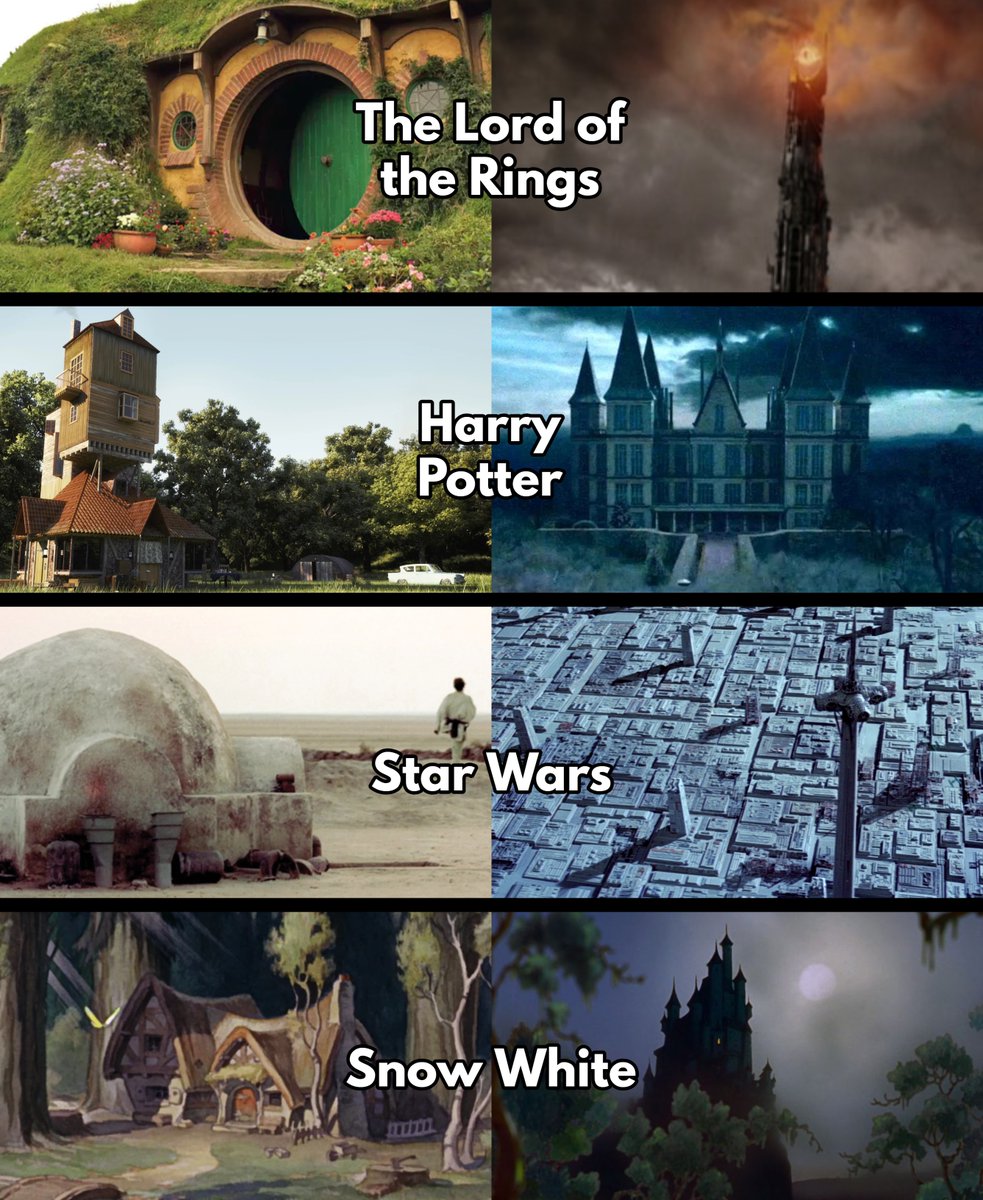 One of the most important elements of a film (and of storytelling generally) is how it makes the audience feel.
One of the most important elements of a film (and of storytelling generally) is how it makes the audience feel.Characters, dialogue, music, sound, lighting; these are all tools used by film makers to control our emotions and our impressions.
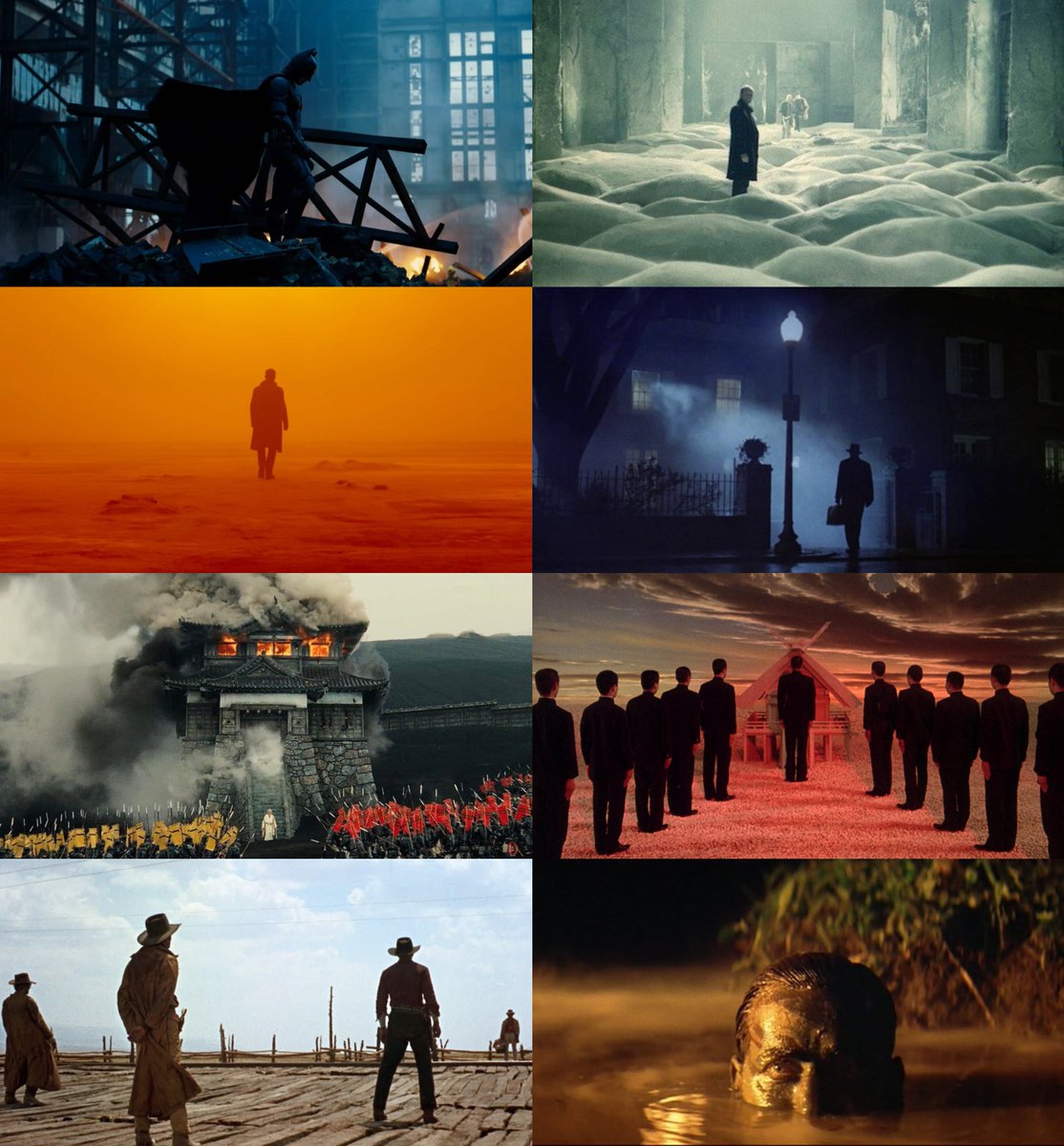 Another tool is set design — and, specifically, architecture.
Another tool is set design — and, specifically, architecture.Architecture is often inseparable from the narrative and the atmosphere of a film.
Blade Runner would not be Blade Runner without the neon streets and cyberpunk skyscrapers of its famously dystopian city.
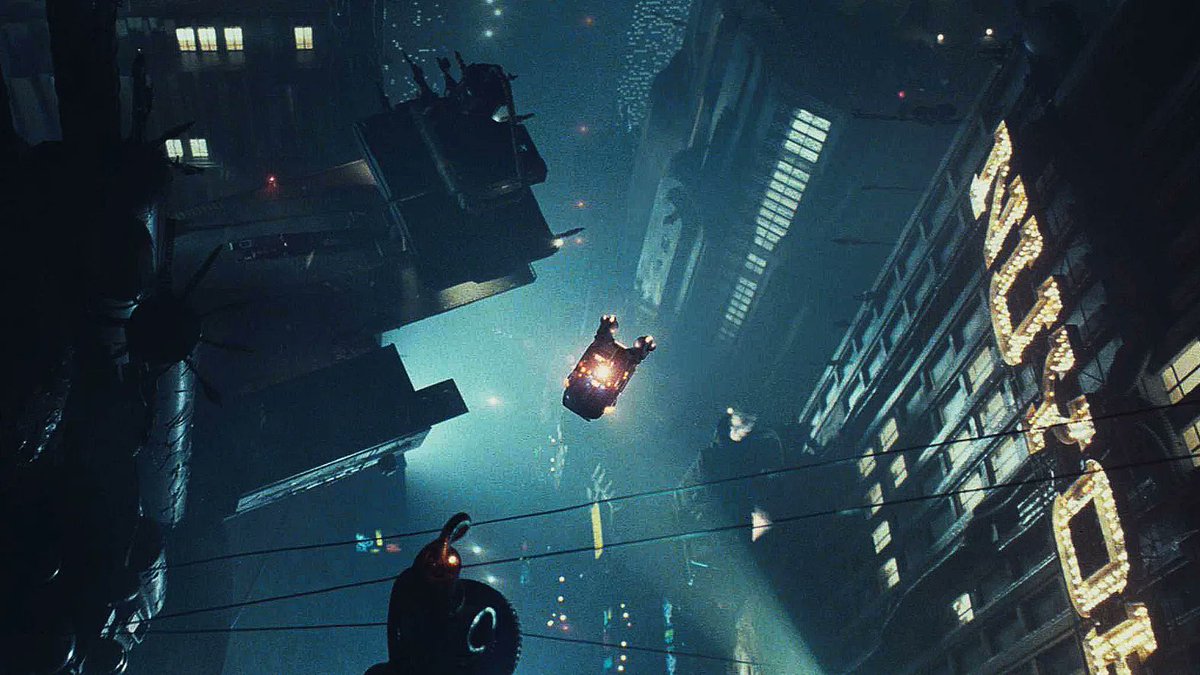
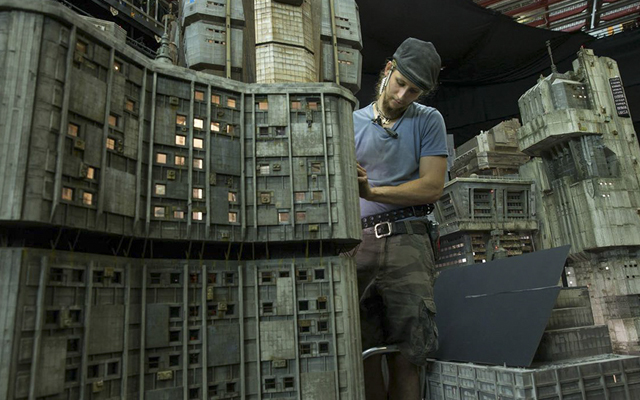 Nor The Hunchback of Notre Dame without its Gothic spires and gargoyles.
Nor The Hunchback of Notre Dame without its Gothic spires and gargoyles.Directors, set designers, and artists always make very careful choices about where things happen and what those places look like.
It feeds the audience crucial information and influences how we feel.

 They say a picture paints a thousand words; we could say that a building tells a thousand stories.
They say a picture paints a thousand words; we could say that a building tells a thousand stories.When we see the cottage in Snow White or the farm in Star Wars we already know, without being told, an awful lot about the people who live there.
We can break this down into purely architectural terms.A cottage or farm is usually “vernacular”, meaning it was built from local materials (wood, mudbricks etc.) according to immediate local needs, without professional architects or engineers.
If we simply imagine Ron Weasley living in a Modernist mansion, or Frodo in a Gothic castle, we can see how important architecture is to storytelling.They’re both ridiculous suggestions because they contradict everything central about those characters and where they come from.
 Put simply, architecture is identity.
Put simply, architecture is identity.It’s hard to make a film about the Middle Ages without Medieval architecture, or about the 1920s without Art Deco.
And so, to make something feel alien, you render it totally unrecognisable.


 But, alongside information, these choices also convey emotion.
But, alongside information, these choices also convey emotion.Think of the Shire. We can see that hobbits are humble folk, but its architecture and idyllic environment also make us feel peaceful, safe, and so on.
And on the flipside we have villains, whose architecture is invariably monumental and imposing, intended to make us feel terror, unease, and dread.The Emperor’s tower on the Death Star and the Evil Queen’s castle are two versions of the same thing.
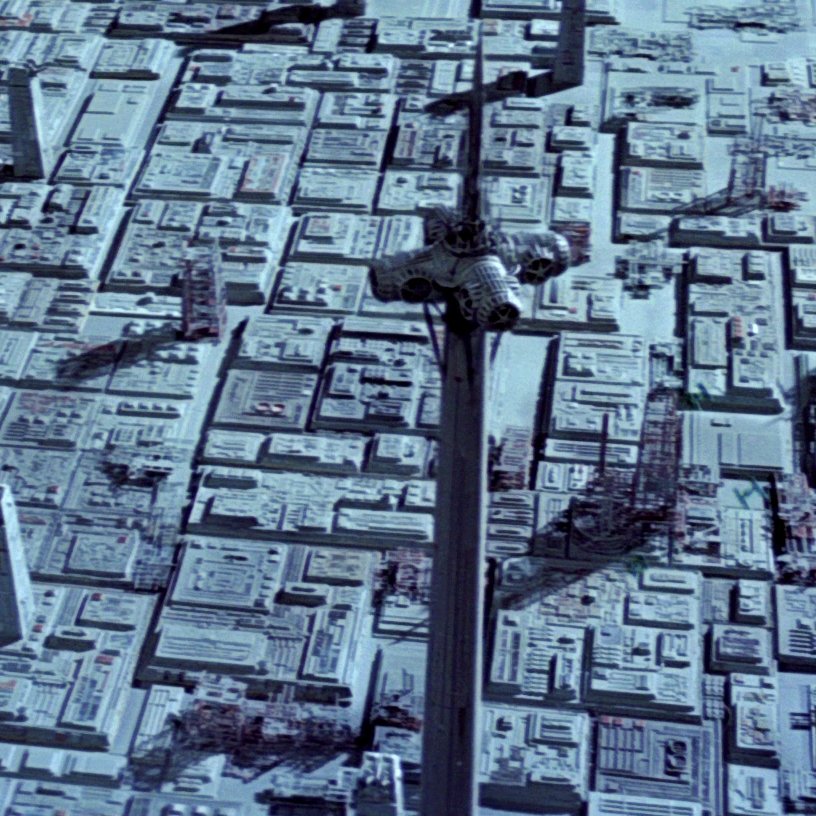
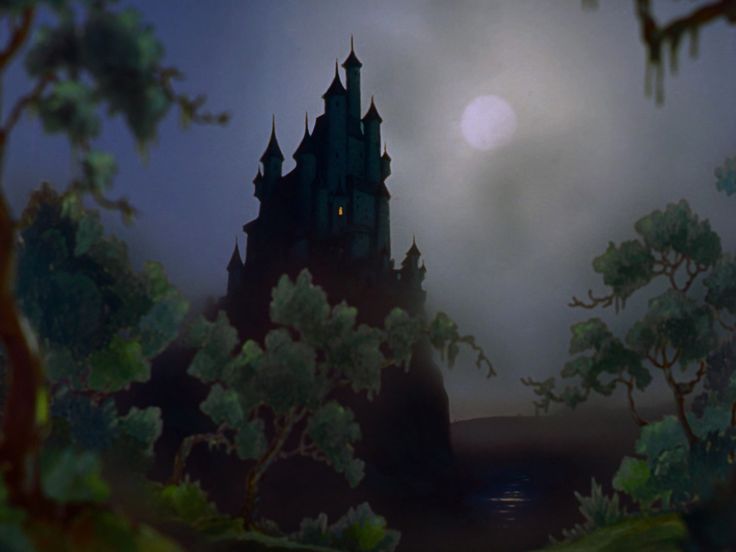 It makes sense for the Eye of Sauron to be atop the ghastly Barad-dûr: an intimidating, nightmarish tower.
It makes sense for the Eye of Sauron to be atop the ghastly Barad-dûr: an intimidating, nightmarish tower.If the Eye of Sauron were in a little wooden cottage it might be unsettling in its own way, but not quite as intimidating, nor as darkly impressive.
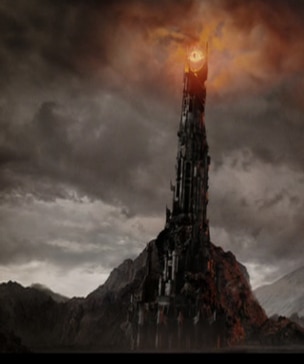
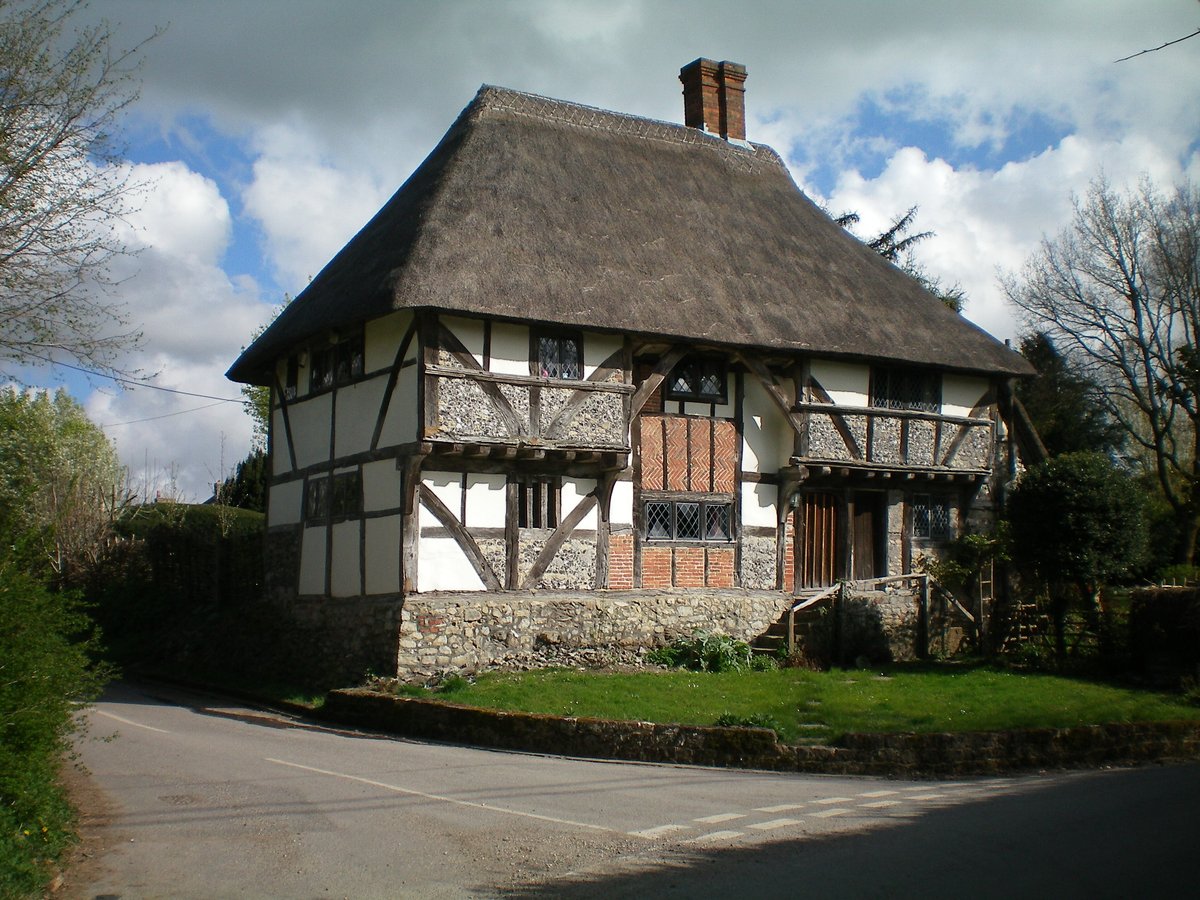 So what does architecture do in films? It gives us very clear information and it makes us feel very specific, very strong emotions.
So what does architecture do in films? It gives us very clear information and it makes us feel very specific, very strong emotions.And there is a consistent model for this, hence why heroes and villains are inevitably associated with their particular forms of architecture.
 But none of this is surprising; we know it implicity.
But none of this is surprising; we know it implicity.What’s more interesting is that the feelings we get from architecture in cinema — comfort, terror, mystery, majesty, atmosphere, character — also apply to real life.



 The point is that film makers take architecture from the real world — along with all their pre-existing connotations — and use that to tell their stories.
The point is that film makers take architecture from the real world — along with all their pre-existing connotations — and use that to tell their stories.They didn’t create the associations between thatched cottages and tranquillity or dark towers and fear; they borrowed them.



 And yet architecture’s emotional power doesn’t receive as much attention as it deserves.
And yet architecture’s emotional power doesn’t receive as much attention as it deserves.People talk about beauty, function, styles, and movements in a fairly abstract way, but cinema teaches us that architecture is inseparable from character and emotion, for good or for bad.
The difference between Bag End and Barad-dûr isn’t just about architectural style (of course), but about emotional impact.And this is also true in real life.
The difference between suburbia and an old town isn’t only their appearance, but how they make us feel.

 People have always known architecture has power, of course.
People have always known architecture has power, of course.Hence why the US has so much neoclassical architecture (to evoke Rome & Greece).
Or why Brutalism broke with established architectural tradition (to symbolise a genuinely different society, and hopefully a better one).
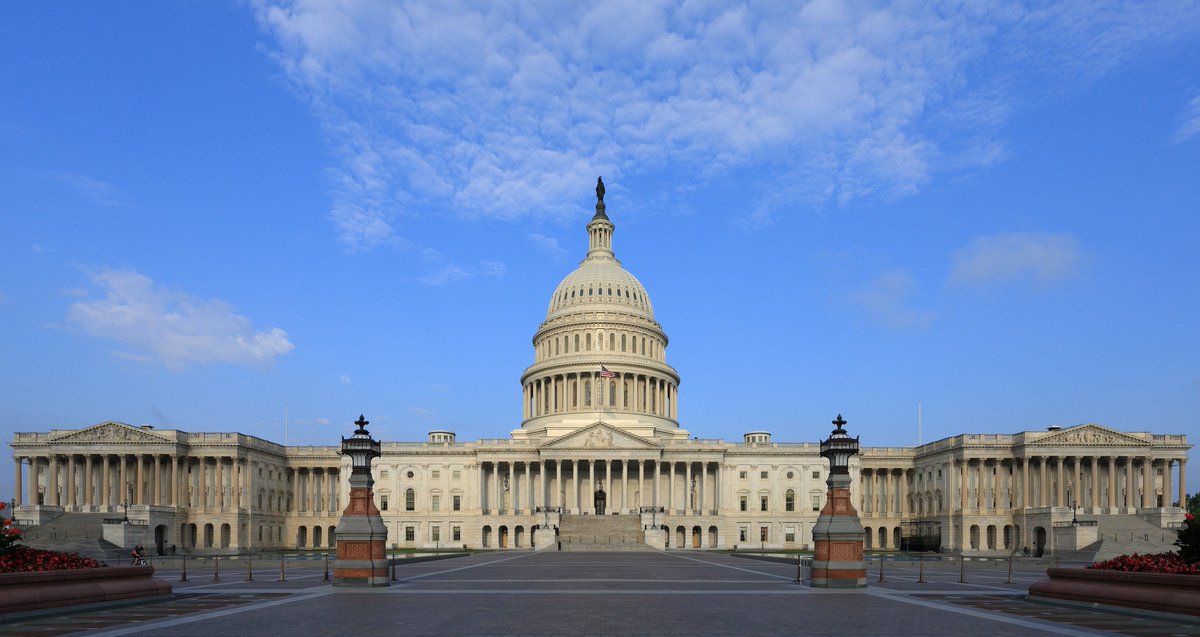
 But this isn’t about the political, religious, or economic meanings and uses of architecture — it’s about feelings.
But this isn’t about the political, religious, or economic meanings and uses of architecture — it’s about feelings.Alas, the question of what architecture produces which feelings is fascinating, but now is not the time; noticing architecture’s emotive power is the first step.
Architecture affects how we feel, even when we don’t realise or want it to.Film makers know this better than anyone; their lesson is that the emotional impact of a building — on people living or working in it, or just passing by — must surely be a critical part of its design
-
June 12, 2023 at 7:15 AM #52831
 Esther AmadiModerator
Esther AmadiModeratorImpressive how you were able to fuse architecture into movies and human psychology. Insightful read tbh.
Nice one Student Village ????
-
-
AuthorPosts
- You must be logged in to reply to this topic.







